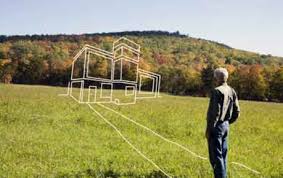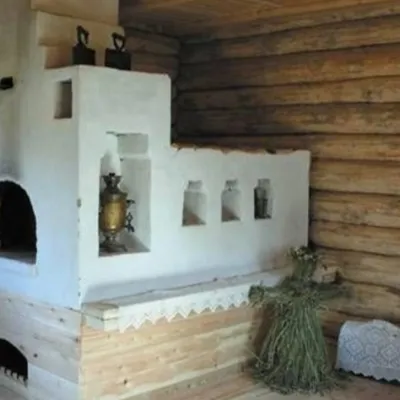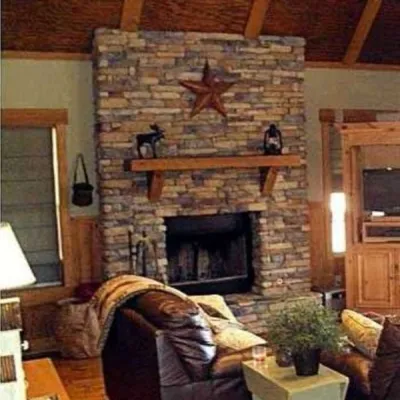In which houses people have lived since ancient times
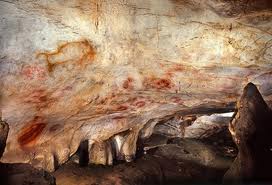
Perhaps the most ancient type of house was a monolithic cave house. True, there were few such houses, and they were not very comfortable and beautiful, but the man tried to somehow decorate them. For example, as in the photo on the left.
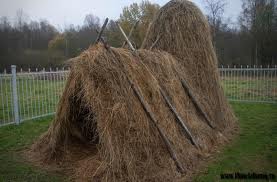
They had to think about how, or rather, where to live next. Having probably looked at the birds, it occurred to some person to make a frame house. Of course, such a house did not save from heavy rain and wind, but most importantly, the start of the construction business was laid. And then only the skin changed, and the principle of the frame remained.
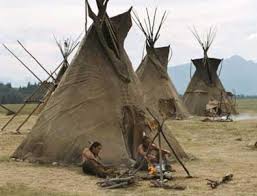
Indians in frame houses lived before the arrival of Europeans. This is probably why frame houses are so popular in America. True, in other parts of the country where hunting and animal husbandry were developed, frame houses were loved by the people, because they are light and quickly built.
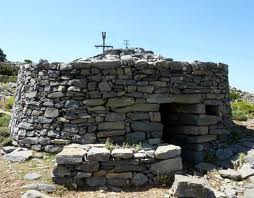
But a person never rests on his laurels; he wants everything better, bigger and stronger. After all, there were enough people who wanted to take home at all times. Therefore, where there were many stones, a man began to build
stone houses, but only after he realized that he did not want to hang around the earth anymore. It’s hard, though such construction was going on, and not too fast, but the stone house saved well from burning arrows. You see, to what people the housing problem brings people, with arrows ..., yes, also burning!
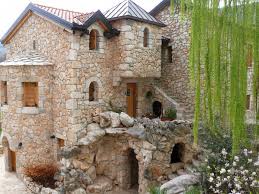
Then they began to build even multi-story stone houses ...
Well, and where there were no stones, but there was a lot of clay, water and sun, they built mud houses, which also saved them quite well from impudent people.
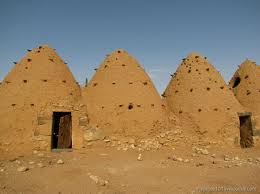
Then some rogue builder decided to deceive the customer so that he could build a bigger house, and clay
put smaller and mixed in clay straw for volume. But it turned out even better. The customer liked it and began to build adobe high-rise buildings.
In the north, clay and water are also enough, but only the sun is not enough, the clay did not have time to dry well, was afraid of moisture, again, and who needs this hassle with a mixture of clay, when around there are tall trees, chop them and build them right on the spot.
Of course, at first the northern peoples dug holes in the ground, covering it with fallen logs, it turned out to be a well-known dugout, but they quickly realized that jokes are bad in the cold and it’s better to build something higher. So there were log houses.
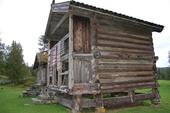
Look how high up from the ground this log house was built in Norway, they say it is almost 1000 years old. It seems doubtful, but, on the other hand, why not, the frame house in England has been standing since the middle of the 15th century. There are few pine and spruce forests in Europe, and deciduous trees
Brick production and today is quite expensive.
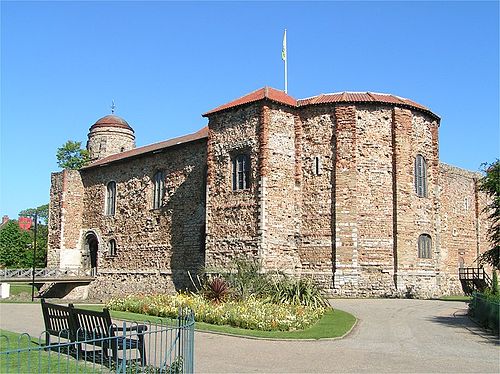
Judge for yourself. Brick is made from sand, clay, lime and some other additives. These, of course, are very common ingredients, but they need to be dug up, brought from different places, knead the solution, decompose it in forms, and then burn. Only how much fuel does it take to burn? And then drive to the construction site. Moreover, bricklaying is not fast, which means that you need to pay more for the work of a bricklayer. Is it worth it to build a residential house from such expensive material for the dubious pleasure of the thought that the great-grandchildren will get it?
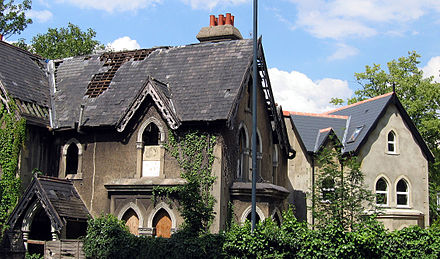
An attempt to replace the construction of expensive brick with monolithic concrete was carried out in the middle of the 19th century in England.
On the right is a very well-preserved house made of cast concrete, was built in 1845 or so. But it’s too early to talk about longevity.
So, we found out briefly in what houses our ancestors lived. Well, your house may not be mentioned in history and will not live for so many years, but your life, not house life, should bother you. Therefore, approach the choice of material and plan, based on the practicality of life in it, ease of construction and affordability.
The oldest frame structures that have survived to this day
Temples of the frame type are known in Japan (Shinto shrine in Ise, the Buddhist temple of Horuji, etc.) and China (temples of the Phoenix, Foguan) from the first centuries of our era. They are based on the construction of primitive pile dwellings (structures are erected on poles and platforms), brought to perfection by the art of rhythmic arrangement of columns, a successful combination of light walls with massive overhanging roofs.
The unique Dien Bo Pagoda in Hanoi (Vietnam; 1049) - a frame structure on a stone pillar, standing in the middle of a reservoir.
In Scandinavia, a type of temple ("stavkirka") with a double frame has developed

internal, from pillars connected by arches and crosses, and external, with walls of wooden vertical plates fixed in a frame. The internal space of the staves is disclosed to the entire height of the building (up to the roof slopes, supported by a complex rafter system). Despite their relatively small size, the churches seem monumental (the church in Borgund, around 1150, and in Urnes, 1060-1130, in Norway).


